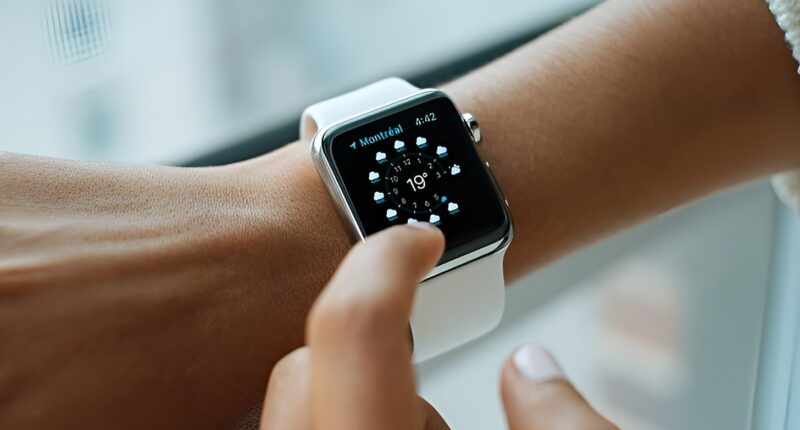University of Otago researchers have developed algorithms enabling smartwatches to determine location with centimetre-level precision in a world-first demonstration using standard consumer hardware.
The research team, led by Associate Professor Robert Odolinski, a Visiting Researcher with Google from Otago’s School of Surveying, achieved the breakthrough by using the Google GnssLogger app and combining precise signals from several global navigation satellite systems. Results demonstrated centimetre-level accuracy over four hours in a stationary setup.
The work was conducted in collaboration with Google’s Android Context group and Chinese Academy of Sciences, with results published in the scientific journal GPS Solutions.
Specialised antenna and receivers
Odolinski said the advancement brings capabilities previously requiring expensive specialised equipment to consumer devices. “While the use of the so-called carrier-phase signals has long been known to improve the positioning performance, the specialised antenna and receivers needed for this have traditionally come at a cost far beyond the reach of many who would benefit from the technology,” he said.
Achieving centimetre-level accuracy has historically required industries including surveying, construction and engineering to invest in expensive GPS equipment beyond standard consumer hardware capabilities.
GPS was introduced in a wearable watch in 1999, but hardware and power consumption limitations prevented tracking of the carrier-phase signals needed for high-precision results. Recent advances in smartwatch technology have made this capability possible.
Odolinski said the research represents early stages of the technology’s potential. “This is just the beginning of what wearable high-precision positioning can potentially achieve,” he said.
The development marks the first demonstration of such positioning precision achieved using smartwatch hardware, opening possibilities for applications that previously required specialised professional equipment.











